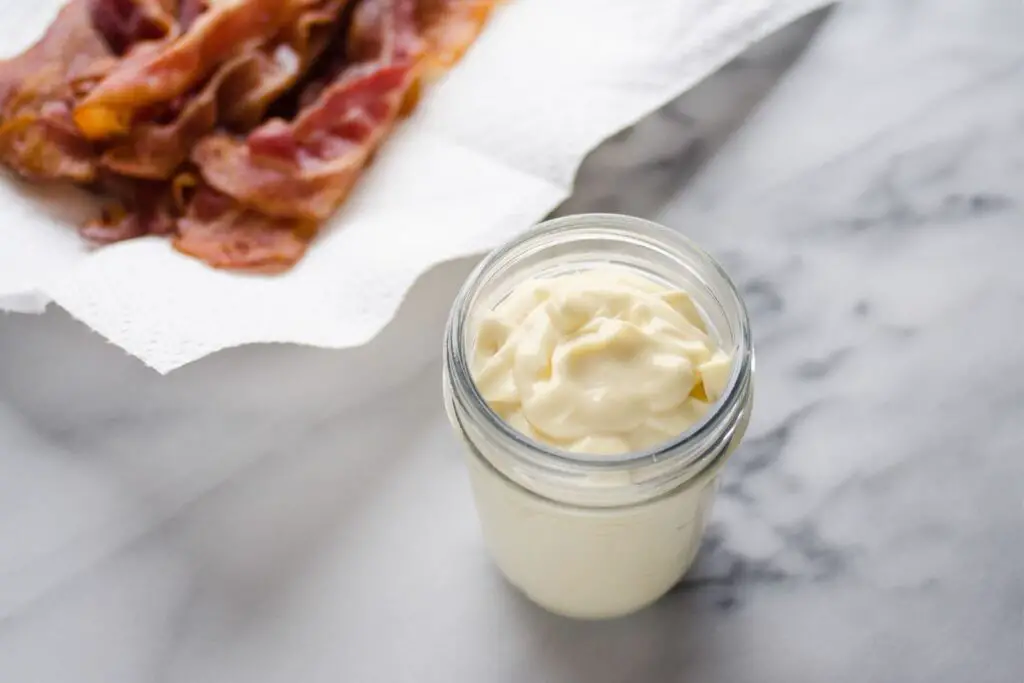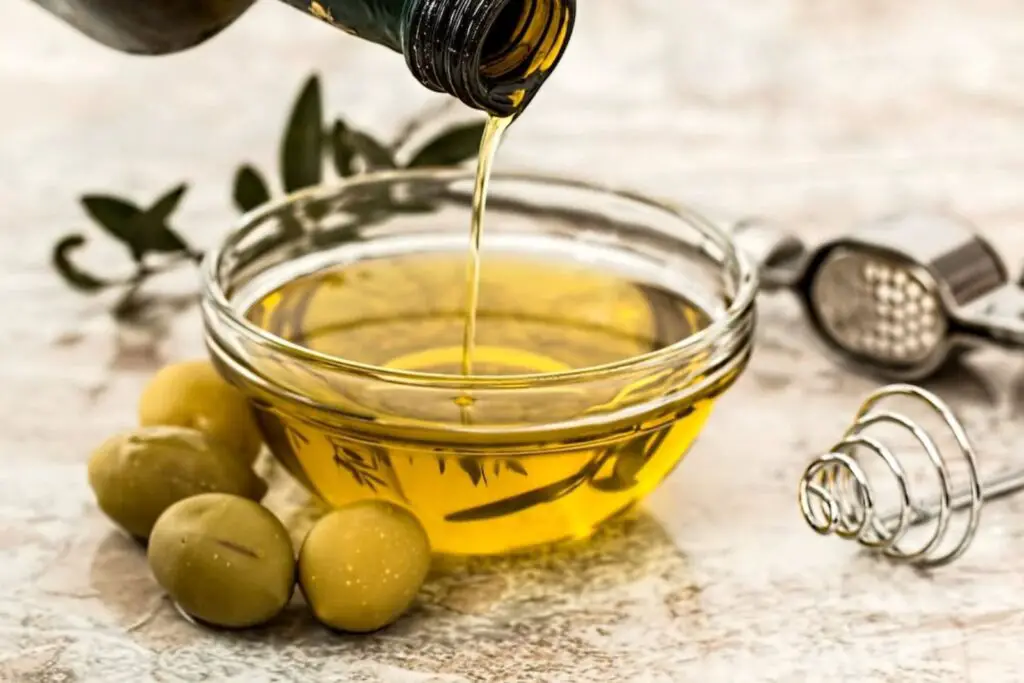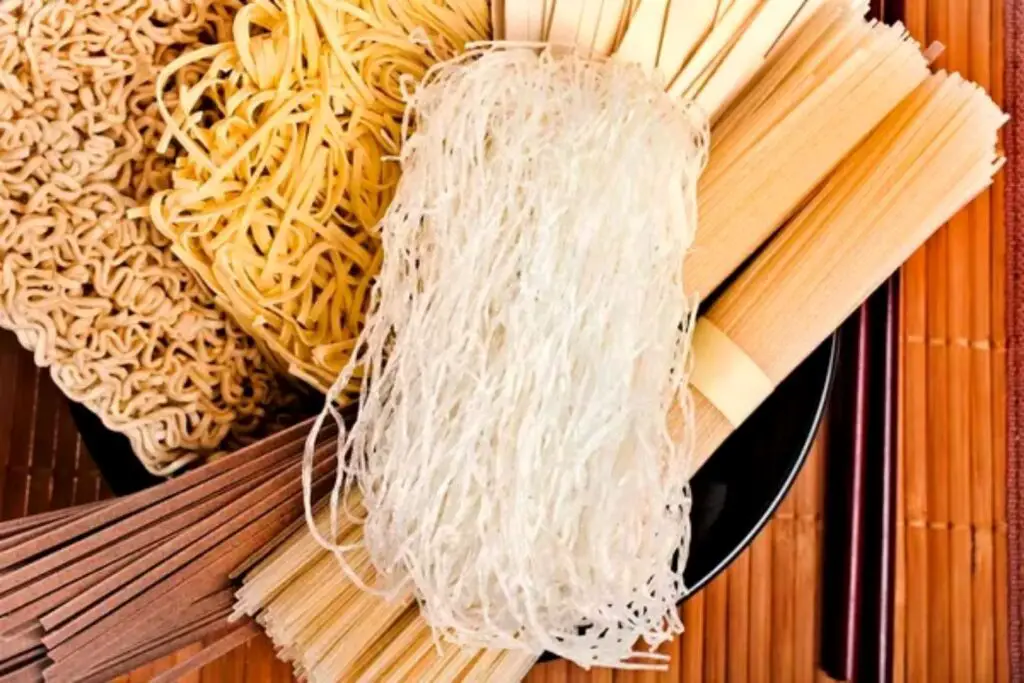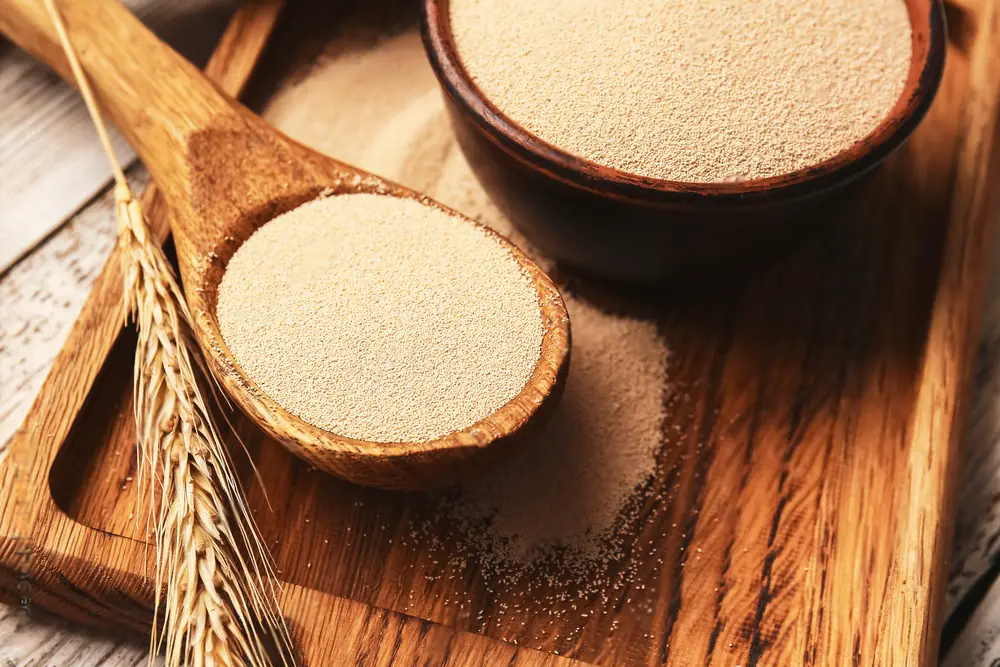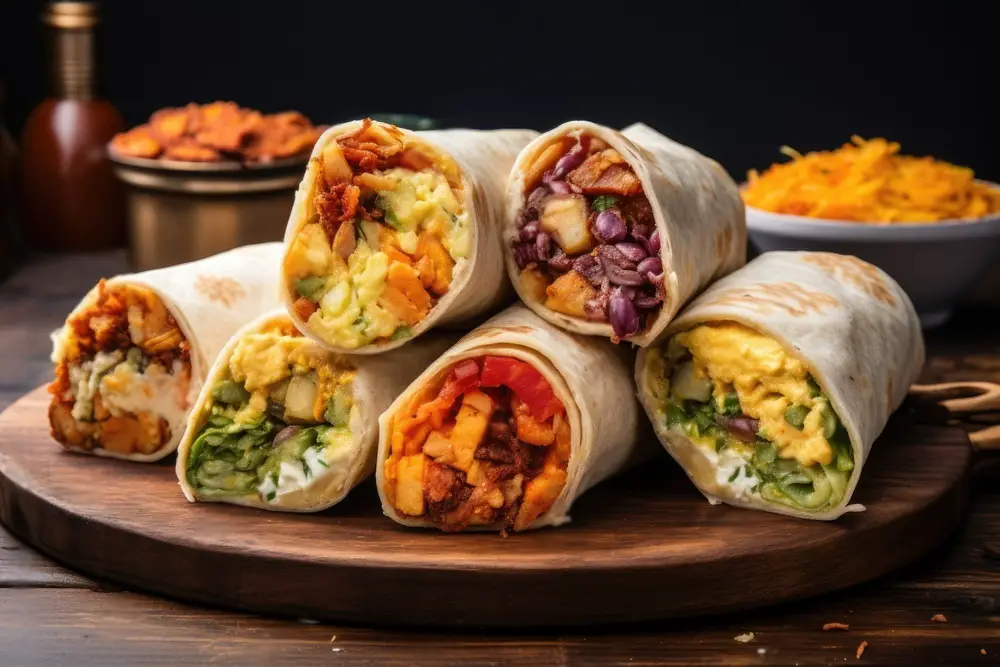
Wraps, a versatile and on-the-go meal option, have gained popularity as a convenient way to enjoy a variety of flavors and textures packed into a single handheld creation. From tortilla-wrapped burritos to vibrant lettuce wraps and savory crepes, this culinary concept allows for endless customization and culinary creativity. Wraps offer a balanced combination of proteins, vegetables, sauces, and condiments, making them a satisfying and nourishing choice for those seeking quick and flavorful meals. However, when preparing wraps in advance or aiming to have ready-made options for busy days, it can be a challenge to keep them fresh and enjoyable before they start to lose their taste and texture. Freezing wraps emerges as a practical and efficient solution to preserving their delightful essence and culinary convenience, ensuring that each bite retains its vibrant flavors and satisfying appeal, ready to elevate your meals with the essence of perfectly frozen wraps, even when freshly assembled wraps aren’t readily available or when you crave a hassle-free meal at your convenience. In this guide, we will delve into the best practices for freezing wraps, allowing you to savor the richness of these portable delights and elevate your culinary experiences with the essence of perfectly frozen wraps, without the need for immediate consumption or concerns about taste degradation. Prepare to embrace the versatility of wraps, with a freezer stocked with these flavorful bundles that await to add a touch of culinary convenience to your meals year-round.
Here are the simple steps to freeze wraps:
Step 1: Choose your Wraps
As you embark on the process of freezing wraps, the foundational step lies in the careful selection of your wraps themselves. The quality and condition of the wraps you choose will significantly impact the overall success of your freezing endeavor. In this initial phase, it’s imperative to prioritize wraps that exhibit both freshness and pliability.
Whether you opt for traditional tortillas, the crisp crunch of lettuce leaves, or other types of flatbreads that suit your culinary preferences, their condition is paramount. Inspect each wrap closely, ensuring that they are devoid of any tears, cracks, or other forms of damage. Wraps with such imperfections can hinder the freezing process and result in compromised texture and taste upon thawing.
By starting your wrap-freezing journey with this careful and discerning approach to wrap selection, you set the stage for a successful preservation process. The wraps you choose will serve as the vessel for your flavorful fillings, and their optimal quality will contribute to the delectable end result you’re striving to achieve.
Step 2: Prepare the Fillings
As you delve into the art of freezing wraps, a crucial aspect that demands your attention is the thoughtful preparation of the fillings that will grace the interior of these culinary delights. The fillings you choose are instrumental in infusing each wrap with flavor, texture, and nutritional value. This step serves as the canvas upon which your culinary creativity can flourish.
Before embarking on the assembly of your wraps, allocate time to meticulously prepare the array of fillings that will elevate the taste and appeal of your frozen creations. This assembly can encompass a diverse range of ingredients, allowing you to craft wraps that cater precisely to your personal preferences and dietary requirements.
Consider introducing proteins into the mix, such as succulent pieces of chicken, robust cuts of beef, or the plant-based richness of tofu. These cooked proteins lend substance and heartiness to your wraps, transforming them into satisfying and balanced meals. Complement the protein with an assortment of fresh vegetables, lending vibrant colors, crisp textures, and essential nutrients to the ensemble.
Don’t hesitate to explore the world of spreads, adding layers of indulgence and taste to your wraps. Whether it’s the velvety embrace of hummus or the creamy allure of mayo, spreads contribute a luscious element that complements and harmonizes the other ingredients. Further customize your wraps with an assortment of condiments and toppings, be it zesty sauces, tangy relishes, or aromatic herbs.
The beauty of this step lies in its limitless potential for culinary innovation. Embrace your inner chef and experiment with different combinations of fillings, allowing your wraps to become a canvas for taste sensations that cater to your individual cravings.
By dedicating attention and care to the preparation of these fillings, you set the stage for a symphony of flavors that will resonate through each frozen wrap. As you progress through the freezing process, the thoughtfully prepared fillings will be the stars of the show, transforming each bite into an exploration of taste and texture.
Step 3: Assemble the Wraps
With your carefully curated fillings at the ready, it’s time to embark on the artful process of assembling your wraps. This step involves the delicate interplay of textures, flavors, and proportions, as you orchestrate a harmonious composition that will be enjoyed both visually and gastronomically.
Begin by laying out your chosen wraps on a clean and spacious surface. This canvas will serve as the foundation for the symphony of ingredients you’re about to layer. Each wrap awaits its transformation into a delectable culinary package, encapsulating the essence of your chosen fillings.
As you begin to assemble, exercise a measure of mindfulness in your approach. While the temptation to pile on fillings may be strong, it’s important to avoid overstuffing your wraps. Overindulgence can lead to practical challenges, such as difficulty in wrapping and a propensity for messiness during reheating.
Strive for a balanced distribution of fillings that allows each ingredient to shine. Lay the components with care, ensuring that flavors harmonize and textures intermingle. Delicate layers of protein, vibrant vegetables, and the tantalizing embrace of spreads and condiments will merge to form a gastronomic masterpiece.
Throughout the assembly process, keep in mind the structural integrity of your wraps. Envision each wrap as a work of art, meticulously crafted to be both visually appealing and functional. By striking this balance, you’re not only ensuring a satisfying eating experience but also paving the way for seamless freezing and reheating.
The act of assembling wraps becomes a culinary ritual, one that infuses your creations with intention and care. As you progress through this step, you’re creating more than mere meals – you’re crafting individual expressions of taste and creativity, ready to be frozen and savored at a moment’s notice.
Step 4: Wrap and Secure
Having meticulously assembled the medley of fillings within each wrap, the time has come to transition from creation to preservation. This pivotal step involves transforming your culinary compositions into neatly bundled packages that are both resilient and well-protected, ensuring their integrity throughout the freezing process.
With the wraps filled to perfection, it’s time to orchestrate the wrapping process. Begin by gently folding in the sides of the wrap, containing the vibrant medley of ingredients within. As you proceed, consider the delicate art of rolling – a technique that ensures a tightly bound package and prevents the dispersion of flavors during freezing.
The very nature of your chosen wrap type plays a role in the wrapping process. Depending on whether you’re working with the pliability of tortillas, the crisp texture of lettuce leaves, or other flatbreads, your approach may vary. Flexibility and adaptability are key as you mold each wrap into its final form, ready to face the chilly embrace of the freezer.
In some cases, an extra layer of precaution is warranted. To prevent unwrapping during freezing, you might opt to secure the wraps with toothpicks strategically placed to hold everything in place. Alternatively, the art of wrapping them in parchment paper serves as a safeguard against potential unraveling, ensuring that your frozen creations maintain their shape and structure.
As you wrap and secure each individual package, you’re not merely preparing a meal – you’re encapsulating a moment of culinary delight, a snapshot of taste and craftsmanship. The wraps, now elegantly bundled, stand as a testament to your dedication to both artistry and practicality. With every wrap you complete, you’re laying the foundation for a freezer stocked with delectable, ready-to-enjoy meals that carry the promise of future satisfaction.
Step 5: Arrange for Freezing
With your wraps artfully wrapped and securely bundled, the transition to the freezing stage beckons. This phase involves orchestrating a careful arrangement that sets the stage for a successful freezing process, one that ensures your wraps remain distinct entities rather than melding together in the cold.
Begin by selecting a spacious and flat surface, such as a baking sheet or tray. This will serve as the canvas upon which your wrapped wraps will be placed, each one poised for its journey into the frozen realm. The importance of this arrangement cannot be understated, as it directly impacts the ease of handling and thawing in the future.
As you place the wrapped wraps onto the tray, consider the vital aspect of spacing. Leaving a deliberate bit of room between each package serves multiple purposes. Foremost, it prevents the wraps from adhering to each other as they freeze, a phenomenon that can lead to frustrating clumps of intertwined wraps when it’s time to retrieve them from the freezer.
Furthermore, the strategic placement on the tray ensures that each wrap maintains its individuality throughout the freezing process. By avoiding direct contact, you’re allowing the wraps to freeze uniformly, preserving their distinct shapes and textures. This is particularly crucial when it comes to the eventual thawing process, as it guarantees an effortless separation when the time comes to retrieve them.
As you position the wrapped wraps onto the tray, you’re not just arranging frozen meals – you’re laying the groundwork for future convenience and enjoyment. This meticulous arrangement speaks to your foresight and dedication to ensuring that the fruits of your culinary labor remain intact and accessible, even when stowed away in the icy chambers of the freezer.
Step 6: Flash-Freeze the Wraps
As your meticulously arranged wraps find their place on the tray, the journey into the world of freezing enters a crucial phase – the process of flash-freezing. This technique, akin to capturing a moment in time, holds the key to preserving the textures and flavors of your wraps while safeguarding them from the clutches of freezer-related pitfalls.
With the tray of wrapped wraps poised for their icy sojourn, transfer them promptly to the awaiting freezer. Allow them to remain in this chilly environment for a span of a few hours. This relatively short duration constitutes the essence of flash-freezing – a swift and efficient method that stands as a formidable defense against potential sogginess and loss of structural integrity.
Flash-freezing achieves this feat through rapid and controlled cooling. As the wraps freeze swiftly, the formation of large ice crystals is curtailed. These ice crystals, if allowed to grow unchecked, could compromise the textures of the fillings, resulting in a potentially undesirable mushiness upon thawing.
Moreover, flash-freezing works as an ally in preserving the wraps’ structural integrity. The rapid freezing process locks in the wrap’s shape and prevents the fillings from seeping into unintended areas. As a result, when you eventually retrieve these wraps from the freezer, you’ll find them as meticulously wrapped and composed as when they first entered.
As you allow your wraps to undergo this swift transformation, you’re not just freezing a meal – you’re implementing a culinary safeguard that ensures your creations emerge from the freezer unscathed and as delectable as the day you crafted them. By mastering the art of flash-freezing, you’re setting the stage for a future feast that delights the senses and speaks to your expertise in the realm of food preservation.
Step 7: Package and Seal
As your wraps undergo their transformative freeze, the time comes to transition them from the open tray to a more protective domicile within the icy confines of your freezer. This step involves encapsulating your partially frozen creations within airtight packages, safeguarding them against the potential adversaries of freezer burn and flavor degradation.
With the wraps partially frozen – a state that enhances their resilience and makes them easier to handle – it’s time to carefully remove them from the tray. As you do so, take a moment to appreciate the way flash-freezing has fortified their textures and secured their flavors, all while maintaining their aesthetic allure.
Now, turn your attention to the airtight freezer bags or containers that will house your wraps. These containers stand as the final bastion of defense against the passage of time and the frigid environment of the freezer. Before placing the wraps within, take a moment to marvel at the way your culinary efforts have culminated in these neatly wrapped packages, each an embodiment of your culinary creativity.
As you insert the wraps into their designated homes, keep in mind the cardinal rule of packaging: eliminate as much air as possible. Air is the enemy of long-term food preservation, as it can give rise to freezer burn – a phenomenon that can degrade the flavors and textures of your wraps over time.
With this in mind, seal the airtight packages with care, ensuring that no stray air molecules find their way inside. This act of sealing is akin to bestowing a protective embrace upon your wraps, preserving them in their frozen state and shielding them from the harsh realities of freezer storage.
By skillfully packaging and sealing your wraps, you’re crafting a narrative of culinary preservation – a tale that encompasses creativity, care, and a deep appreciation for the art of freezing. As these packages find their place in your freezer, you’re securing a future feast that beckons with the promise of culinary satisfaction, awaiting the moment when it will once again grace your plate.
Step 8: Label and Date
As you finalize the process of preparing and packaging your frozen wraps, a seemingly simple yet essential step awaits – the act of labeling and dating. This step is a small but crucial touch that imparts organization, clarity, and foresight to your culinary endeavors, ensuring that your future self reaps the benefits of your current efforts.
Before placing the wrapped and sealed packages within the freezer’s chilly embrace, take a moment to consider the significance of labeling. Each package encapsulates a unique blend of flavors, textures, and ingredients – a miniature masterpiece in its own right. However, as time progresses and your freezer stash grows, these packages might eventually blend into a frozen tapestry of mystery.
To prevent confusion and enhance your future dining experiences, label each package with precision. Jot down the type of wraps contained within, outlining the delightful combination of fillings and ingredients that await your taste buds. Whether it’s a chicken Caesar wrap, a vegetarian hummus delight, or any other creative concoction, this label becomes a culinary compass guiding you to your desired flavor destination.
Alongside the description of the wrap type, the timestamp of freezing assumes equal importance. Dating each package bestows upon it a historical marker, allowing you to track its age and freshness. In the world of food preservation, time is of the essence, and knowing the freezing date empowers you to prioritize consumption and make informed choices about the rotation of your culinary reserves.
By carrying out this simple act of labeling and dating, you’re taking a proactive stance in maintaining the clarity and quality of your frozen creations. The labels serve as a reminder of the culinary treasures that lie within your freezer, patiently waiting for the day they’ll emerge to delight your taste buds once more. As your collection of frozen wraps grows, this small but vital step ensures that you’re never caught off guard, always ready to savor a meal that carries the essence of your culinary ingenuity.
Step 9: Store in the Freezer
With your wraps meticulously prepared, wrapped, and labeled, the grand finale of the freezing process beckons – the strategic storage of these culinary treasures within the icy chambers of your freezer. This step encapsulates the culmination of your efforts, ensuring that your carefully crafted creations remain preserved, accessible, and ready to grace your table whenever the moment calls.
As you place your wrapped and packaged wraps into the freezer, consider the significance of this storage phase. The freezer becomes a temporal vault, holding your culinary endeavors in suspended animation until the day they’ll be retrieved and savored anew. This is a testament to the art of preservation, where your careful planning and meticulous execution find their culmination.
When selecting the location within your freezer for your wraps, aim for the coldest nooks and crannies. The lower and more central parts of the freezer tend to be the chilliest zones, offering the optimal conditions for preserving the integrity of your frozen creations. This location ensures a consistent and low temperature that keeps your wraps in the best possible condition.
Speaking of temperature, it’s important to note that your freezer’s temperature should ideally be below 0°F (-18°C). This chilly environment halts the progression of bacterial growth and enzymatic activity, effectively putting your wraps in a state of suspended animation that retains their flavors and textures.
While frozen wraps can remain in the freezer for up to three months, the pinnacle of quality is often reached within the first 1-2 months. For the most satisfying experience, it’s recommended to consume your frozen wraps within this time frame. This timeline ensures that your wraps maintain their original taste, textures, and overall quality, offering a delicious and convenient meal whenever you desire.
As you gently place your wrapped and packaged wraps into their designated freezer space, you’re completing a journey of culinary foresight and preservation. These frozen parcels stand as a testament to your dedication to flavorful convenience, holding the promise of future indulgence and satisfaction. The freezer becomes not just a repository of frozen goods, but a stage where your culinary creativity and practicality harmonize, ready to shine whenever the spotlight of hunger is cast upon them.
Other related questions
How do you defrost wraps?
To defrost wraps, transfer them from the freezer to the refrigerator and let them thaw slowly for several hours. Alternatively, use the microwave’s defrost setting, wrapping the wrap in a damp paper towel and heating in short intervals. Avoid using high heat to prevent uneven thawing and maintain texture.
Can you refreeze wraps?
Refreezing wraps is generally discouraged due to potential quality loss. If wraps are fully thawed, refreezing can lead to moisture and texture changes. However, if wraps were only partially thawed and stored at safe temperatures, refreezing might be possible, though with some loss in quality.
How do I know if the wraps have gone bad after being frozen?
Signs of frozen wrap spoilage include off-putting odors, freezer burn (dry, discolored patches), and texture changes like sogginess or toughness. Inspect for ice crystals, which can indicate thawing and refreezing. If uncertain, trust your senses and discard if quality is compromised.
Can you freeze wraps with lettuce or delicate ingredients?
Freezing wraps with lettuce or delicate ingredients can impact texture. Lettuce might become wilted upon thawing. Consider omitting delicate ingredients before freezing and adding them fresh after thawing for optimal taste and texture.
Are there any considerations for freezing wraps with tortillas or bread alternatives?
Freezing wraps with tortillas or bread alternatives requires care. Tortillas can become soggy; use thicker tortillas or toast before wrapping. Bread alternatives might soften; choose sturdier options or layers with moisture-resistant ingredients.
Can you freeze wraps with sauces or condiments?
Freezing wraps with sauces or condiments can affect quality. Moist ingredients can lead to sogginess upon thawing. Consider freezing wraps without sauces and adding them fresh after thawing for better texture and taste.

